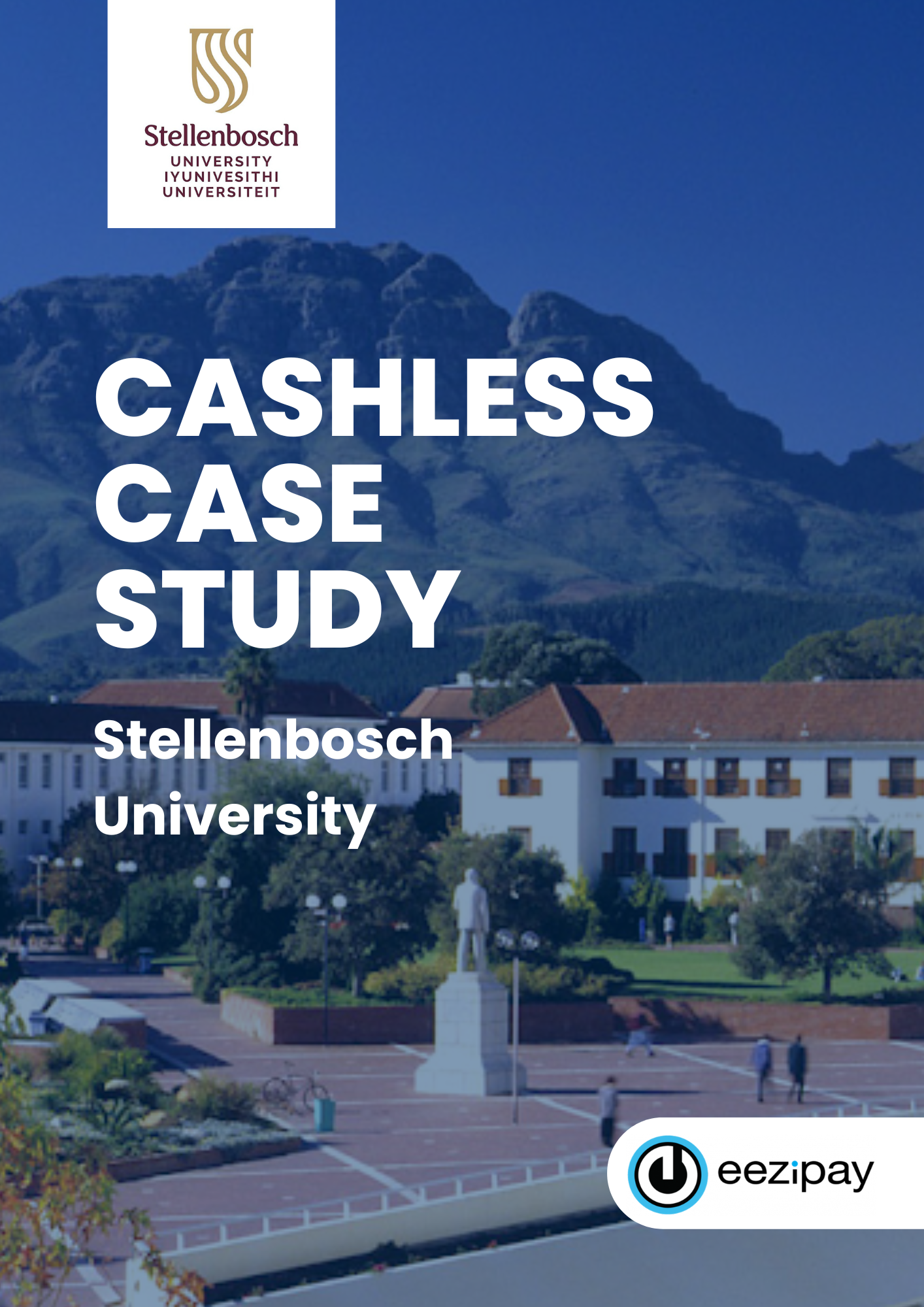Managing employee spending—be it for canteen meals, uniform purchases, or on-site benefits—is a complex operational challenge for South African businesses. For decades, many organisations relied on paper-based “tab” systems or manual credit wallet setups, creating a significant administrative burden and financial risk. Today, digital wallets are the clear solution, but they present a crucial choice: should you adopt a prepaid or a credit model?
Today, digital wallets are the clear solution, but they present a crucial choice for local employers: should you adopt a prepaid or a credit model?
Choosing the right framework impacts everything from your company’s cash flow and administrative workload to employee financial wellness. As South African businesses digitise, legacy systems are being replaced by integrated solutions that streamline payroll deductions and reduce overheads, and ensure compliance with data privacy laws such as POPIA. This guide provides a comprehensive digital wallet comparison, breaking down the risks and benefits to help you decide which of these staff wallet options is the’ Eezi Way’ for your organisation.
Table of Contents
What is the Difference Between a Prepaid Wallet and a Credit Wallet?
At their core, both systems provide staff with a digital method to pay for goods and services within the workplace, such as at internal food courts or retail stores. The fundamental difference lies in when the funds are allocated and who carries the financial liability.
The Prepaid Wallet Model (The ‘Pay-First’ Approach)
A prepaid wallet operates like a digital debit card or a reloadable gift card. The process is simple:
- Funding: The company loads a specific amount (e.g., a R500 monthly meal allowance, a R1000 uniform benefit) into the employee’s digital wallet in advance.
- Spending: The employee uses their wallet (via a card or mobile app) to make purchases at approved locations.
- Balance: The funds are deducted from their pre-loaded balance in real-time. Once the balance is zero, spending stops until the next loading period.
This model is funded upfront by the employer, creating a clear, finite budget. It offers more flexible and frequent staff spending while reducing financial risk for the company.
The Credit Wallet Model (The ‘Use-Now, Pay-Later’ Approach)
A credit wallet functions like a traditional company store account or a “tab.” This model is frequently used in sectors such as agriculture and retail to replace paper-based reconciliation methods.
- Spending: The company grants employees a line of credit to spend at approved locations.
- Tracking: The system tracks all purchases made by the employee throughout the month.
- Settlement: At the end of the pay cycle, the system generates a report detailing the total amount spent. This total is then deducted from their forthcoming salary via payroll integration.
In this model, the company effectively lends the employee money for the month, which is then reclaimed from their wages.
Analysing the Staff Credit Wallet: Familiarity vs. Financial Risk
Many South African organisations default to a credit wallet system simply because it digitises an existing, non-digital process. While it eliminates the paper trail, this model carries significant operational and financial risks that are often overlooked.
The Business Case for a Credit Model
For businesses accustomed to a “tab” system, the credit model’s main appeal is familiarity. Staff members are used to the “use-now, pay-later” concept, which can make the transition to digital seem less disruptive.
However, this model relies heavily on seamless systems to function. Because every purchase must be perfectly tracked and reported for salary deductions, the system’s reliability is paramount.
Internal Link: For a look at how this data is managed, explore our guide to [Payroll Integration with Staff Wallets].
The Hidden Costs and Risks of Credit Wallets
Despite its familiarity, the credit model introduces several critical liabilities for the employer:
- Financial Liability: The company carries 100% of the financial risk. You are funding the “float” for all employee spending for 30 days or more.
- Compliance & Deductions: Under the Basic Conditions of Employment Act (BCEA), strict rules apply to deductions from remuneration (Section 34). If an employee resigns before payroll runs, recovering the debt can be legally complex and often results in a financial loss.
- Administrative Burden: The finance and HR teams are responsible for a complex end-of-month reconciliation process to ensure every deduction is accurate. Errors can lead to payroll disputes and dissatisfied staff.
- Negative Cash Flow: Your business’s cash flow is actively tied up, funding day-to-day employee purchases instead of being available for core operations.
The Prepaid Wallet Advantage: Control, Efficiency, and Wellness
A prepaid wallet model fundamentally shifts the paradigm, moving from a position of risk to one of control. It is the modern, sustainable, and financially responsible choice for most organisations.
Unlocking Absolute Financial Control
The primary benefit of a prepaid system is the elimination of employer risk.
- No Debt, No Risk: The funds are allocated upfront. There is no line of credit, no “float” to manage, and zero risk of bad debt if an employee leaves.
- Simplified Administration: Reconciliation becomes a straightforward process of auditing loaded funds, rather than tracking individual transactions for payroll deductions. This frees up valuable HR and finance resources.
Enhancing the Employee Experience
Financial wellness is a growing priority in the South African workplace. While some believe “credit” is a better perk, it can often cause financial stress. A large, unexpected payroll deduction can be distressing for households managing tight budgets, especially as financial pressures remain a major driver of job turnover.
A prepaid system supports financial well-being for staff and their families by:
- Promoting Budgeting: Employees see a clear, real-time balance via card or app. They are empowered to manage their allowance effectively without fear of a “shock” deduction at month’s end.
- Fostering Fairness: Every eligible employee receives their benefit upfront, creating a transparent and equitable system.
The Power of a Controlled Environment
A prepaid model is exceptionally powerful when used in a defined ecosystem. For example, implementing a closed-loop wallet allows staff to spend funds only at internal locations, reducing wastage and improving stock planning.Internal Link: This approach is ideal for managing specific benefits. Learn more in our detailed guide to [Closed-Loop Wallet Systems: Control, Compliance, and Convenience].
Feature-by-Feature: Prepaid vs. Credit Wallet
For HR and Finance leaders, the choice often comes down to risk and efficiency. This table provides a clear comparison of the two staff wallet options.
| Feature | Prepaid Wallet Model | Credit Wallet Model |
|---|---|---|
| Funding Source | Funds are loaded in advance by the employer. | Company provides a line of credit, deducted from payroll later. |
| Financial Risk (Employer) | Low – No debt liability. | High – Risk of bad debt; company carries the float. |
| Admin Burden | Low – Simple reconciliation of funds loaded. | High – Complex end-of-month reconciliation for payroll deduction. |
| Cash Flow Impact | Positive – Predictable, one-time funding. | Negative – Company cash flow is tied up for the credit period. |
| Employee Experience | Promotes budgeting. Clear, real-time balance. | Can lead to payroll deduction “shock.” |
| Best For… | Controlled benefits, meal allowances, and risk management. | Legacy systems where familiarity is key for union acceptance. |
Ready to find the right fit?
Eezipay’s smart wallet platform is designed for flexibility. We can configure either a prepaid or a credit model, tailored to your exact business rules and operational needs.
To explore these options in more detail, see our Eezipay Staff Wallet Solutions.
The Real-World Dilemma: Transitioning from Credit to Prepaid
A system is only successful if employees use it. A common concern for HR is that a new system will be met with resistance. However, a closed-loop wallet is designed for the end-user.
- It’s Frictionless: Staff no longer need to carry cash, find the right voucher, or submit expense forms for small purchases. They simply tap their staff card or use a mobile app.
- It’s Instant: The moment payroll processes their benefits, the funds are instantly available in their wallet.
- It Boosts Uptake: When a benefit is this easy to use, staff are more likely to use it. This significantly increases the perceived value of your total reward package, aiding in talent retention and engagement.
[Image comparing a complex manual expense process with a simple digital wallet app]
Alt text: A side-by-side comparison showing “The Old Way” with messy receipts and cash, versus “The Eezi Way” with a clean, simple closed-loop wallet app interface on a smartphone.
Real-World Closed-Loop System Examples
We understand that many large South African organisations are currently “stuck” on a legacy credit wallet system, whether it’s on paper or with a basic digital provider. The thought of changing models can be daunting.
A key challenge is managing the “transition month.” This is the period where the company must collect the last month’s credit debt via payroll, while simultaneously funding the first month of the new prepaid system. This requires a clear strategy for communication and change management, often involving staff and unions.
Case Study: Elgin Free Range Chickens (EFRC)
Elgin Free Range Chickens (EFRC) faced this exact decision. Their goal was to replace a paper-based slip system with a digital process to reduce administrative burden and separate staff account sales from their Sage system.
While they considered the transition to a prepaid model to reduce financial risk and increase store sales potential, they acknowledged that remaining on a credit-based system initially was easier for unions and staff to accept due to familiarity.
Ideally, a phased approach is most effective. EFRC scoped a pilot to test the system with a small group before a full cashless rollout at their retail stores. This allows for the eventual inclusion of features such as online ordering and loyalty programs, enhancing the community culture.
Internal Link: You can see the full story in our [Elgin Free Range Chickens (EFRC) Case Study].
Conclusion: Making the ‘Eezi’ Choice for Your Business
While a credit wallet system may seem like the path of least resistance, it often hides significant financial risks and administrative headaches. It keeps your HR and finance teams tethered to a high-stakes reconciliation process and exposes your business to bad debt.
A prepaid wallet mode, on the other hand, is the modern, strategic alternative. It provides absolute financial control, eliminates risk, and empowers your employees with a clear, stress-free benefit. Whether you are in retail, agriculture, or corporate services, it transforms your staff spending system from a monthly liability into a streamlined, positive part of your operation.
Ready to streamline staff payments?
Eezipay’s smart wallet platform empowers businesses to take full control of employee payments, thereby reducing risk, simplifying payroll integration, and enhancing staff satisfaction through effortless, secure transactions.
If you’d like to explore how our solution can transform your workplace, book a demo or visit our Solutions page to see how Eezipay can help your organisation transition to a truly cashless operation.


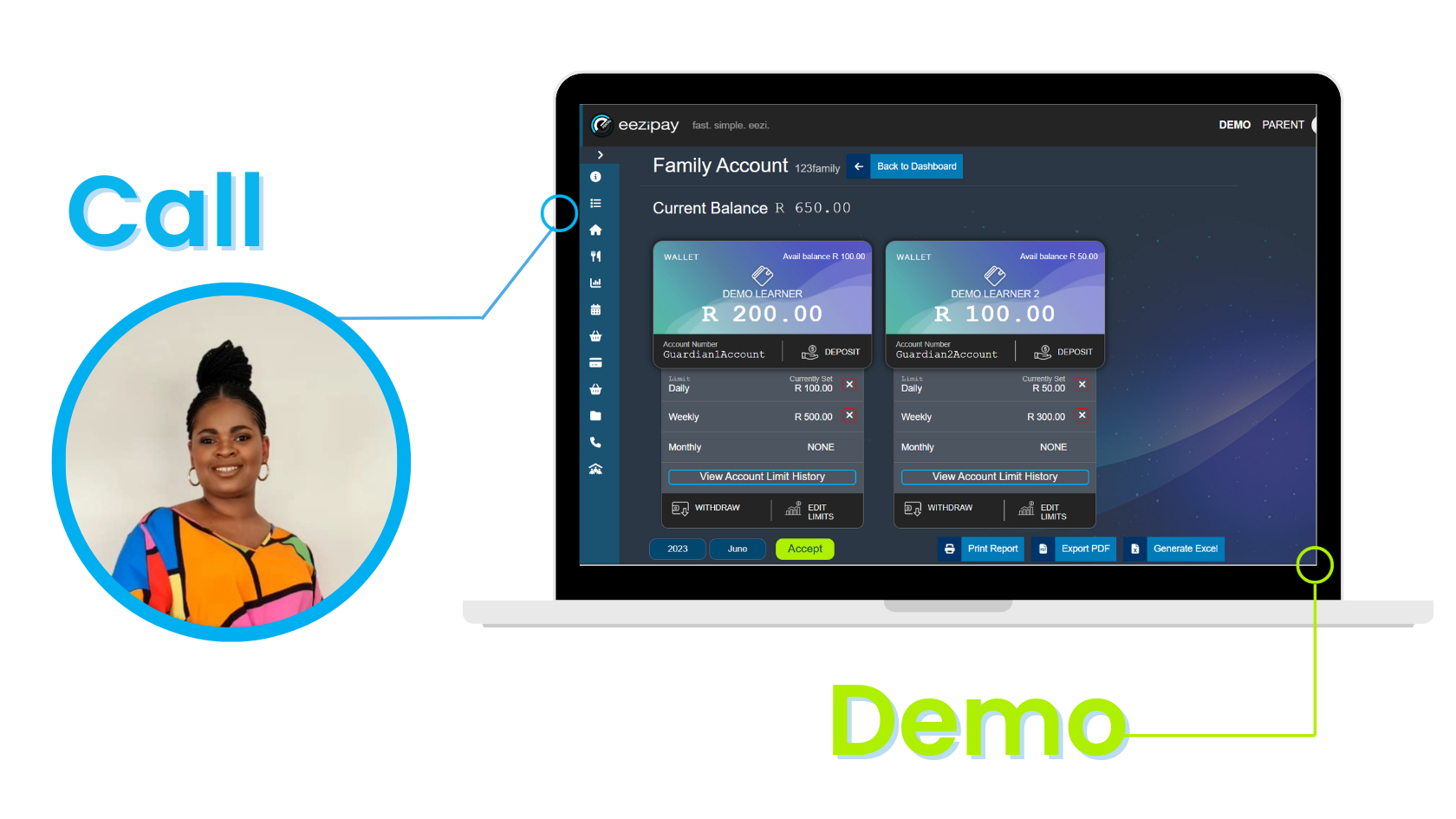

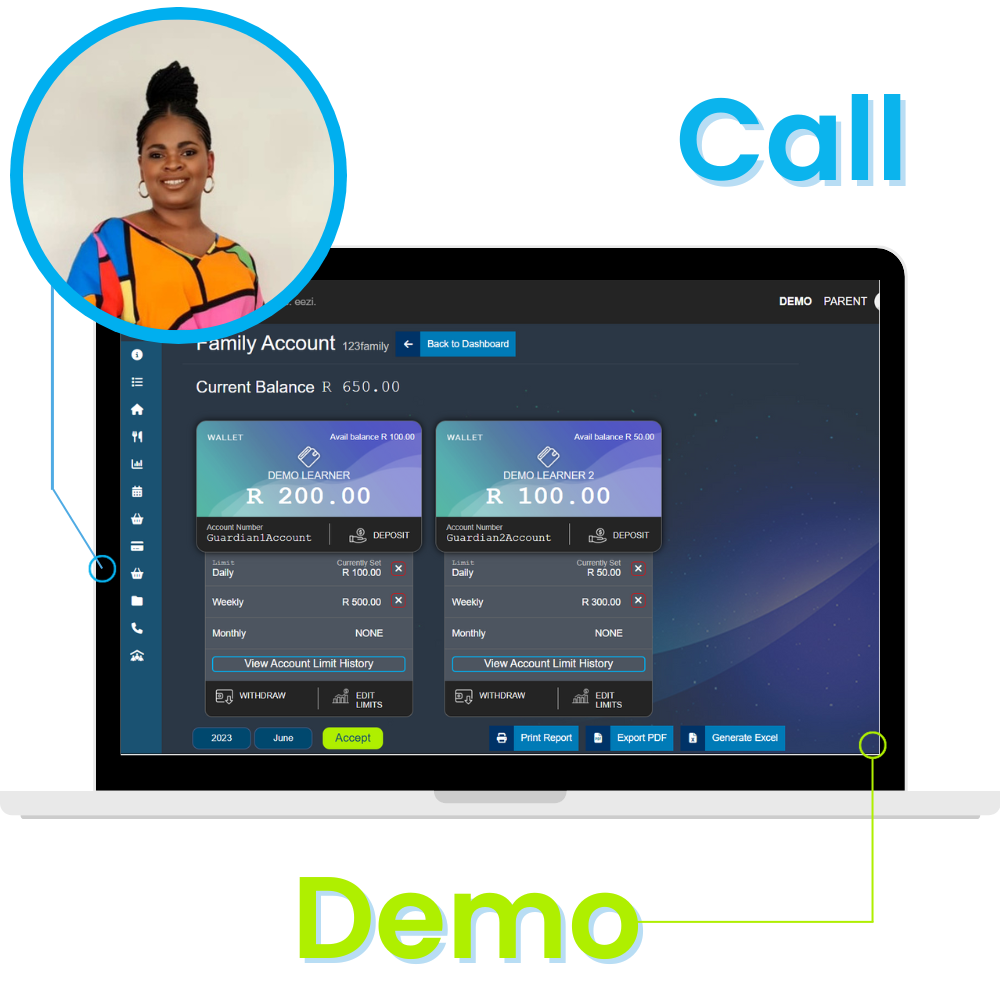
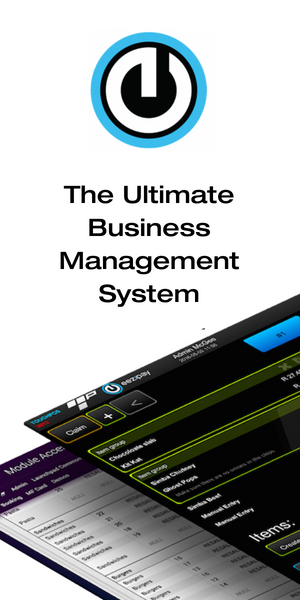



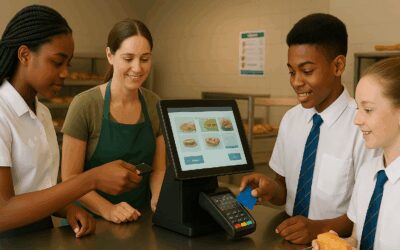
![How QR Code Payments Are Powering a Brighter Future for Universities [2025]](https://eezipay.com/wp-content/smush-webp/2025/05/QR-Codes-Payments-For-Universities-400x250.png.webp)
